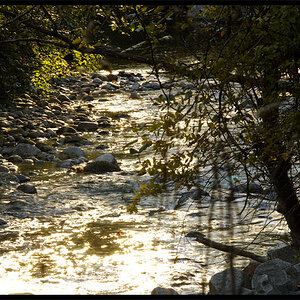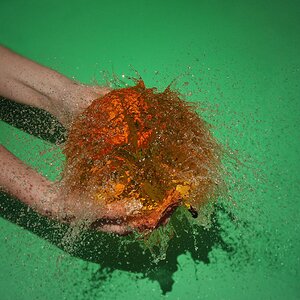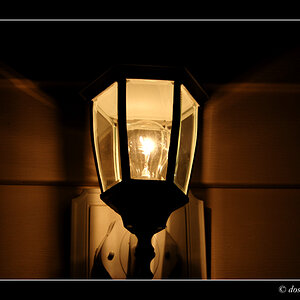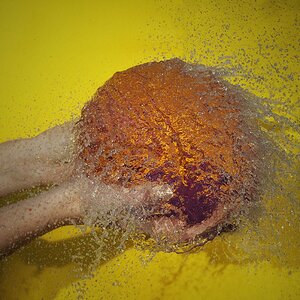PilafDM
TPF Noob!
- Joined
- May 29, 2012
- Messages
- 15
- Reaction score
- 0
- Location
- San Diego
- Can others edit my Photos
- Photos OK to edit
Hello, all!
Currently I have access to a darkroom with Fomadon Excel and Arista Premium developers. It sounds like Excel works somewhat like Xtol, and Arista Premium isn't terribly different from stock D-76 (at least in terms of development times on the Massive Dev Chart).
Now, I bought myself some Fomapan R100 (100iso black and white REVERSAL film), knowing that it has a special process for development. That said, Freestylephoto's write-up of the stuff said it CAN be developed in standard B&W chemicals -- and that's what I'd like to do. I'm sure my logic's off here, but I like the look of cross-processed _color_ slide film. I'm hoping cross-processed B&W film will also have a unique look to it.
OK, so, my question:
Massive Dev Chart doesn't even list Fomapan R100 -- it only lists Fomapan 100 (without the "R!"), which is a different film.
Has anyone developed Fomapan R100 reversal film in standard chemicals? I'm just looking for a good basis on which to start when using Arista Premium 1:9 or Fomadon Excel 1:1.
Thank you!
Cheers!
Currently I have access to a darkroom with Fomadon Excel and Arista Premium developers. It sounds like Excel works somewhat like Xtol, and Arista Premium isn't terribly different from stock D-76 (at least in terms of development times on the Massive Dev Chart).
Now, I bought myself some Fomapan R100 (100iso black and white REVERSAL film), knowing that it has a special process for development. That said, Freestylephoto's write-up of the stuff said it CAN be developed in standard B&W chemicals -- and that's what I'd like to do. I'm sure my logic's off here, but I like the look of cross-processed _color_ slide film. I'm hoping cross-processed B&W film will also have a unique look to it.
OK, so, my question:
Massive Dev Chart doesn't even list Fomapan R100 -- it only lists Fomapan 100 (without the "R!"), which is a different film.
Has anyone developed Fomapan R100 reversal film in standard chemicals? I'm just looking for a good basis on which to start when using Arista Premium 1:9 or Fomadon Excel 1:1.
Thank you!
Cheers!








![[No title]](/data/xfmg/thumbnail/34/34072-be456691237ae73cb2936416e2e9e8c0.jpg?1619736266)
![[No title]](/data/xfmg/thumbnail/34/34075-a2fb0d7352396e58920e196958f6d006.jpg?1619736267)



